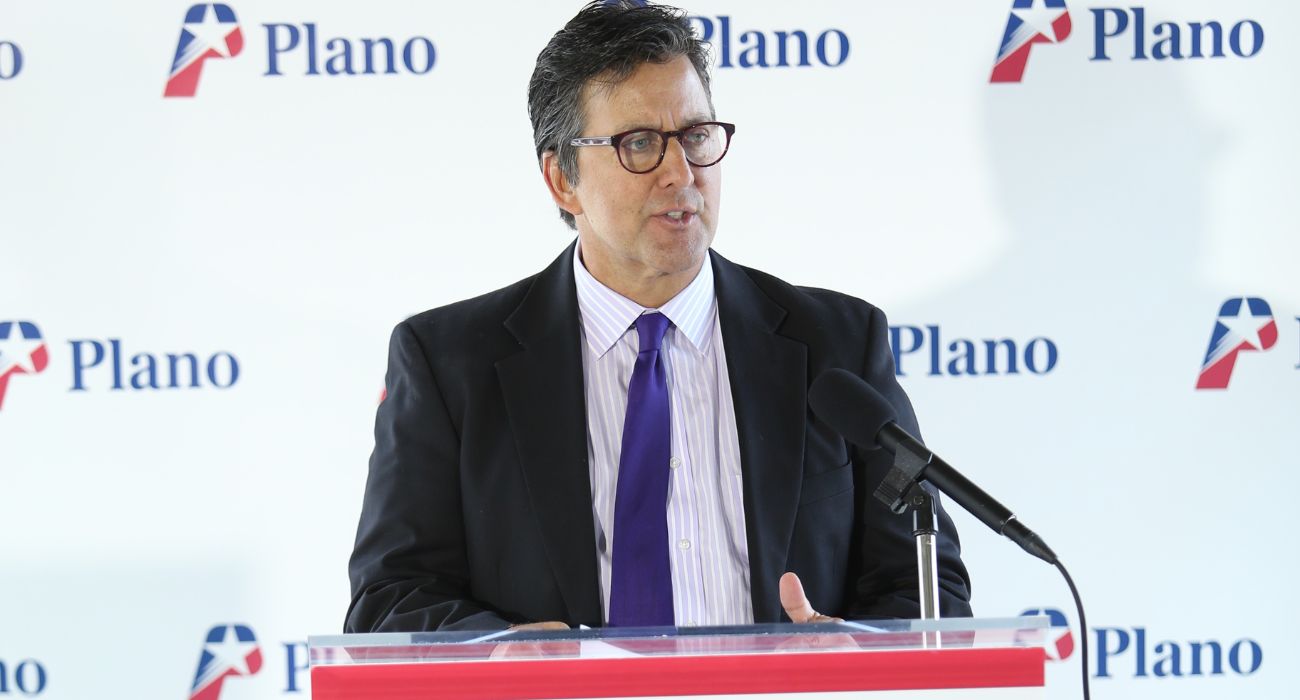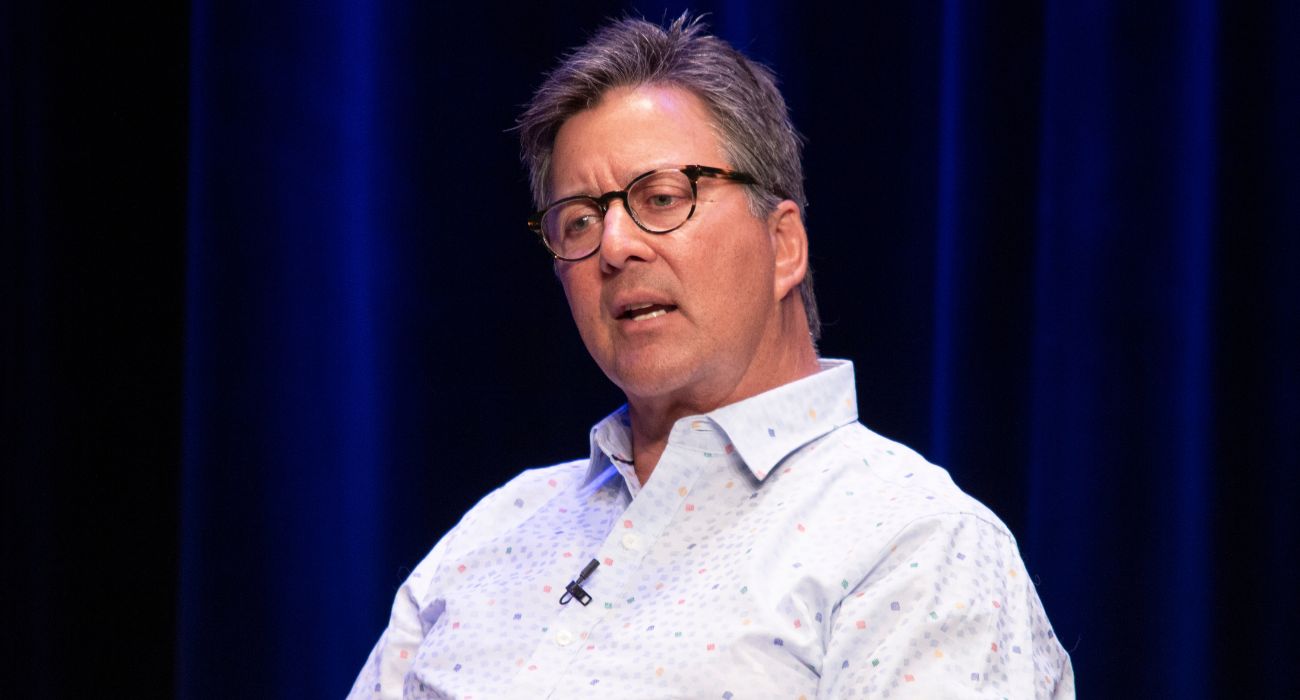With more than 30 years of experience in the news business, Steve Stoler knows a good story. But he probably never considered that one of the biggest ones he’d tell would be about himself.
“I had two separate battles with cancer,” he told The Dallas Express. “They’re two different types and totally unrelated.”
Stoler started his career in Macon, Georgia, in 1980.
While working at KDFW in Dallas, Stoler recalls discovering a health issue.
“I actually was working out one night, and I felt a golf ball-size lump in my armpit,” he said. “I blew it off thinking I probably pulled a muscle or something. For three and a half months, I didn’t do anything at all.”
That is until he went to his doctor for a sinus infection.
“I said to my doctor, ‘Feel this in my armpit,'” Stoler recalled. “His whole personality changed. He said the worst-case scenario is lymphoma and that he needed to get me to a specialist right now to have that looked at.”
Stoler complied. Two days later, doctors removed a lymph node, and he was diagnosed with Hodgkin’s Lymphoma.
“My wife was eight months pregnant with our second son,” Stoler said. “Fifteen minutes later, I said, ‘You know what? I’m not going to wave a white flag. I’m going to fight this with everything I’ve got.'”
The good news was that the cancer was in its early stages, and doctors said that it was treatable — and curable.
“They said I had an 85% chance of being cured with chemo,” Stoler said.
Behind The Scenes
After Stoler explained what was happening to a coworker, medical reporter John Hammarley, he asked Stoler if he could chronicle his cancer fight.
“I said, ‘I’m in.’ If we can influence one person to go to the doctor and they find out it’s nothing, we’ve given that person peace of mind. On the other side, if that person has cancer, we may have given that person an early start.”
Hammarley called the series “Cancer Chronicles.” It began with Stoler’s first chemo and radiation treatments.
“A few weeks into radiation treatment, we had the baby,” Stoler said. “And something amazing happened. I started getting letters from the viewers — 200 letters of support from total strangers. Those people became my support group. A lot of them had been cancer survivors, and some of those letters just brought me to tears.”
One letter-writer, Stoler remembered, was a 19-year-old University of North Texas student who had lymphoma.
“She was cured,” he said. “She wrote me this heartfelt letter that said she could see [fear] in my eyes, and that I should just know that one day, I will look back at the whole experience [and] laugh because I realized how bad it could have been. This 19-year-old had so much wisdom.”
Another letter came from a prisoner in the East Texas community of Palestine.
“He said he prayed with other inmates for me,” Stoler said. “He said he was so encouraged by my story. I was just so emotionally moved, and I got a lot of letters like that.”
While the cameras were rolling, Stoler received a CT scan to determine how much — if any — of the cancer remained.
“The doctor said, ‘I looked at your scan, and I don’t see any signs of cancer. For all intents and purposes, I consider you cured.’ We’ve got a shot of me walking down the long hall of this medical center. Now when you get cancer, you have a fighting chance to survive. I’m so thankful for the oncologist to have the knowledge to treat these diseases.”
Another Scare
What Stoler didn’t know was that his fight wasn’t quite over.
“Fast forward to COVID,” he said. “I went for my physical. After 50, they do the prostate exam. The doctor said he needed to send me to a urologist.”
That’s when biopsy results showed Stoler had prostate cancer.
“They said it was a very small amount and that they were going to do active surveillance,” Stoler said. “I went every few months for an exam, and the urologist said, ‘You’re relatively young for a prostate cancer patient. I think you’re a really good candidate for radiation treatment.'”
Stoler agreed to undergo radiation. Again.
“They told me that I was at low risk but at some point, I would move into the category of medium risk. If I don’t do anything, I would move into high risk. I said, ‘Why would I wait?'”
It took about five weeks of treatment. But it worked. Stoler, now 65, has been with the City of Plano as its director of media relations for 10 years.
“I decided at the age of 60 that I would get my first tattoo,” he said. “I got a big cancer ribbon on my arm because I survived twice.”
A Different Career
Maybe it was the cancer fight. Maybe he just wanted to slow down after all those years in journalism. But Stoler, an Emmy Award winner while he was with WFAA, made a career change.
“I think it’s a lot of things,” he said. “When I left 10 years ago, I kept seeing all these colleagues of mine get these incredible opportunities. One guy I worked with at Channel 8, Brad Hawkins, became a spokesperson for Southwest Airlines. Another guy, Casey Norton, got a [communications] job with American Airlines. I said, ‘Hey, I have more experience in broadcast journalism. I lived in Plano for 25 years. If I ever leave the news business, one job I’d like to have is [public information officer] for the City of Plano.”
And that’s eventually what happened after a few discussions with city staff.

“I love this job,” Stoler said. “I love working for the city. It’s my city. It’s my community. I always say it doesn’t feel like a job. It feels like a mission. You’re doing it for your own community. When you’re a journalist, the whole thing is being in the middle, being fair, being objective. I covered these controversies, going out and talking to one side. Then, I leave their place and go to the totally other side of the controversy.”
While his work is a little different as Plano’s director of media relations, he acknowledged that he quickly relates to journalists when they contact him for information and story ideas.
“My job here is to promote and protect the image of the City of Plano. I try to be fair and with my journalism background, I get it when the media calls me because I did it for so many years,” he said. “And I have a really good relationship with the local media. They know when they need something, I’m going to be transparent and get them the information as quickly as possible.”

A Look Inside Stoler’s Life
In 2016, Stoler published Tonight at Ten: A TV News Reporter’s Stories Behind the Stories, in what Amazon calls a collection of “the most amazing reports of his long career,” including his fight against cancer, hostage standoffs, disasters, and Baby Jessica.
“I wanted some good to come out of it,” Stoler told DX. “The whole concept is what the viewers never saw. I wanted to write a book about my cancer experience. I thought it was interesting going public with it. I don’t know if that’s something people are going to read.”
Stoler is married to Susan. They have two sons — Jordan, 29, and Jake, 27 — who work at Omni PGA Frisco.


